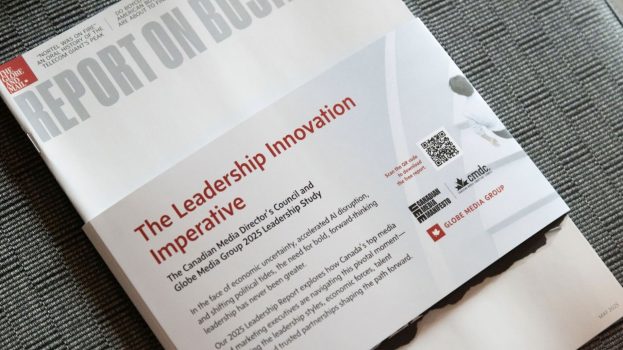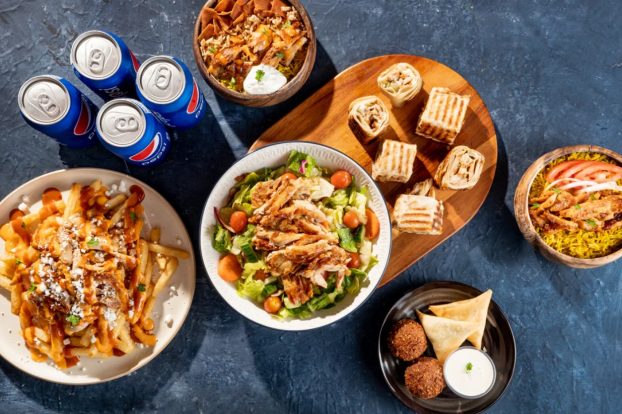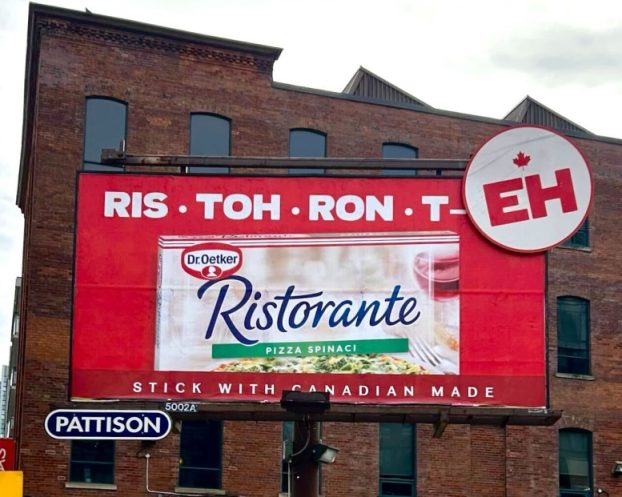This story appeared in Strategy C-Suite, a weekly email briefing on how Canada’s brand leaders are responding to market challenges and acting on new opportunities. Sign-up for the newsletter here to receive the latest stories directly to your inbox every Tuesday.
Frederick LeCoq joined Golf Town at a troubled time for the sports retailer.
Its U.S. parent company, Golfsmith International, filed for creditor protection back in 2016. When its Canadian operations were acquired by Fairfax Financial and CI Investments, LeCoq was among a small group of execs brought in to help turn the chain around. He was promoted to CMO of Sporting Life Group two years later, following Golf Town’s merger with Sporting Life in September 2018.
Recently, the company signed new brand ambassadors, tested new store concepts and ran a “green grass” pilot – working with pro shop owners to sell merchandise at their golf courses – in a bid to win back customers and redefine its role within the Canadian golf scene. The efforts appear to be paying off: according to the Financial Post, the company has seen three straight years of positive store sales; last year, it experienced a 70% increase in EBITDA.
Strategy recently spoke to LeCoq to understand what’s working at the retailer, and what work remains to be done.
What has changed since you announced a turnaround plan three years ago? What are you doing right?
We have tried to get away from being a retailer that does promo and discounts to [being more] about experiences and the functional and emotional benefits. We’ve shifted from “dictation” mode to being more [engaged] in the conversation, leveraging social and digital media – which we brought in-house – and the power of data. When I joined Golf Town, one of the things that fascinated me was the size of our database. We have around 2.9 million customers in our database. Knowing that in Canada there are between 5.5 and six million golfers, we have pretty good coverage. We felt that finding a way to activate that data was a great opportunity.
In what ways have you leveraged data?
We’ve implemented a stack called Custora on top of our customer analytics piece. I was impressed with what they were doing in terms of making data easy to digest for marketers. Every retailer today is sitting on a gazillion terabytes of data, but not much is being activated. Through [our] data, we’re able to define, for example, people who are one time buyers, and serve them a special promotion; we’re able to build segments on the run.
When we sign a partnership with a green grass pro shop (a store located on the grounds of a golf course), what excites them is our marketing capability, because [we can] market the golf course within our database, so we’re helping them sell green fees (the rate golfers pay to use a golf course). That completely changed our relationship [with pro shops] from four or five years ago. Back then, it was, ‘Golf Town is crushing prices,’ it was competing against their pro shop. Now it’s like, ‘Golf Town is helping me sell more green fees.’ We have a really different perspective on the industry right now, and our role has completely changed.
In addition to the “green grass” pilot, you’ve also experimented with other retail concepts, such as pop-ups in B.C. and Alberta. What have you learned through that process?
When you’re in retail, especially in our industry, it’s not so much about the size of the box. It really falls on our staff and the experience they’re giving your customers. We have stores where people are picking up coffee and hanging around, chatting with our staff or hitting some balls. From an in-store experience perspective, the most critical piece is your staff, because they’re your brand.
Green grass is a bit different. What we tried to do with green grass is align resources with golf courses and people who are already part of the ecosystem. So we’re really combining efforts to do one thing, which is growing the game, while helping [owners] make sure their pro shop is not losing money and covering [some of] their risk. Let’s say you’re a golf course owner and you’ve got capital to put into redoing your patio, improving the clubhouse experience or running clinics for kids or getting more women into the game. It’s pretty good if somebody else is covering the inventory cost, as we do. It frees up some cash for the golf course owner. It minimizes the risk from an inventory perspective and [allows them] to leverage our buying power. In the end, it’s a win-win.
Our pop-ups [allow] us to test new markets. Now that the turnaround is done, more or less, and it’s been pretty successful, we’re going back into retail expansion. And we need to test different formats. Let’s say you want to go downtown Toronto, well, having a small footprint in the city, where you’re focused a bit more on custom fitting and less about carrying a huge physical assortment in the store, is also something we’re looking at.
Part of your vision is for Golf Town to play a bigger role supporting the Canadian golf community. What steps have you taken to achieve that?
For years, golf has been seen as very exclusive. When you look at the new generation of golfers – Brooke Henderson, Rickie Fowler – they’re trying to make the game inclusive. So our role, as a retailer, is to connect with the community, inspire kids to get out and play. How can you do it? Well, it’s actually not doing that [much] mass marketing. It’s about marketing your community, and within your community.
I’ll give you an example. We’re going to launch our eSports competition in the next couple of weeks, where, let’s say a Calgary store is going to compete against a Vancouver store. That’s also part of building that community. Your role as a retailer today is to embed within your community, inspire, support, grow the game and give back.
We decided to give a community budget to every one of our stores. Why? Because the person sitting in our Toronto office shouldn’t decide what’s best for a Moncton or Winnipeg community activation. [Our] plan was to give money locally to these stores, so they have the power to say ‘yes’ to people from the community who [are running a] charity or fundraiser.
We want to be the home of golf – not a house of golf, not a warehouse of golf clubs.
It’s also about making sure in-store visuals are showcasing local golf courses, not the golf course that’s 4,000 kilometres away. I strongly believe that it’s about the hyper-localization of your marketing activities, making sure every store can contribute to the bigger picture.
This interview is part of a series for Strategy C-Suite, a weekly email briefing on how Canada’s brand leaders are responding to market challenges and acting on new opportunities. Sign-up for the newsletter here to receive the latest stories directly to your inbox every Tuesday.
The interview has been edited for length and clarity.
























